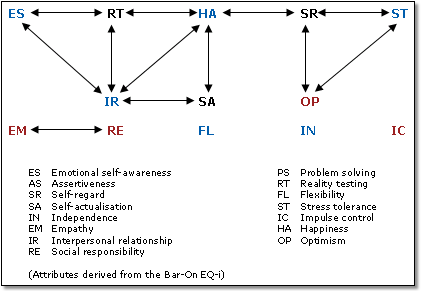|

Case study - Food chain
Project scope
In association with an EI organisation in the UK, executive management of a large food chain in the
UK wanted research on how the psychological make-up of servers was associated
with the quality of service that customers received.
We assessed the emotional intelligence of a sizable group of dominantly female
servers. On average they were 33 years of age and drawn from different restaurant
outlets. ePsy found that servers were strongest in interpersonal relationships,
happiness and flexibility on the job, while their social responsibility,
optimism and impulse control when serving others can benefit from further development.
What this means is that the typical server is likely sociable and cheerful,
yet not very self-confident and she may not feel fully capable of handing difficult
situations. She is adaptable when the job requires it, but her first priority
in life is herself, not others. The serving job itself demands a frequent show
of diverse positive emotions, but not of high intensity.
The challenge
Conventionally, research stops here. The client wanted to know whether a relationship
exists between specific work personality styles of servers and the quality of
the service that they provide, and the research proved it. However, where could
we take them from there? Development of current servers and proper recruitment
of new servers in the future seemed to be a natural next step, but how?
Our solution
In studying the emotional attributes of servers across demographics such as
gender, age and job experience, we recognized the dynamic interplay between different
attributes. For example, their stronger emotional qualities appeared to carry
their generally low level of optimism.
During personal interaction, people draw upon clusters of emotions, rather than
displaying one emotion at a time. It is important to know how emotions work together,
and develop or select employees based on clusters of attributes. We statistically
modeled the emotional attributes of servers, which looked as follows:

The model mainly pulls from the strong emotional attributes, as indicated in
red (strongest) and black. Together they provide servers with a powerful make-up
to perform their job. Specific low attributes (indicated in blue) tend to stand
alone at this stage rather than getting support from stronger stand-alones. These
provide pointers for further training and development, as well as strategic recruiting.
|